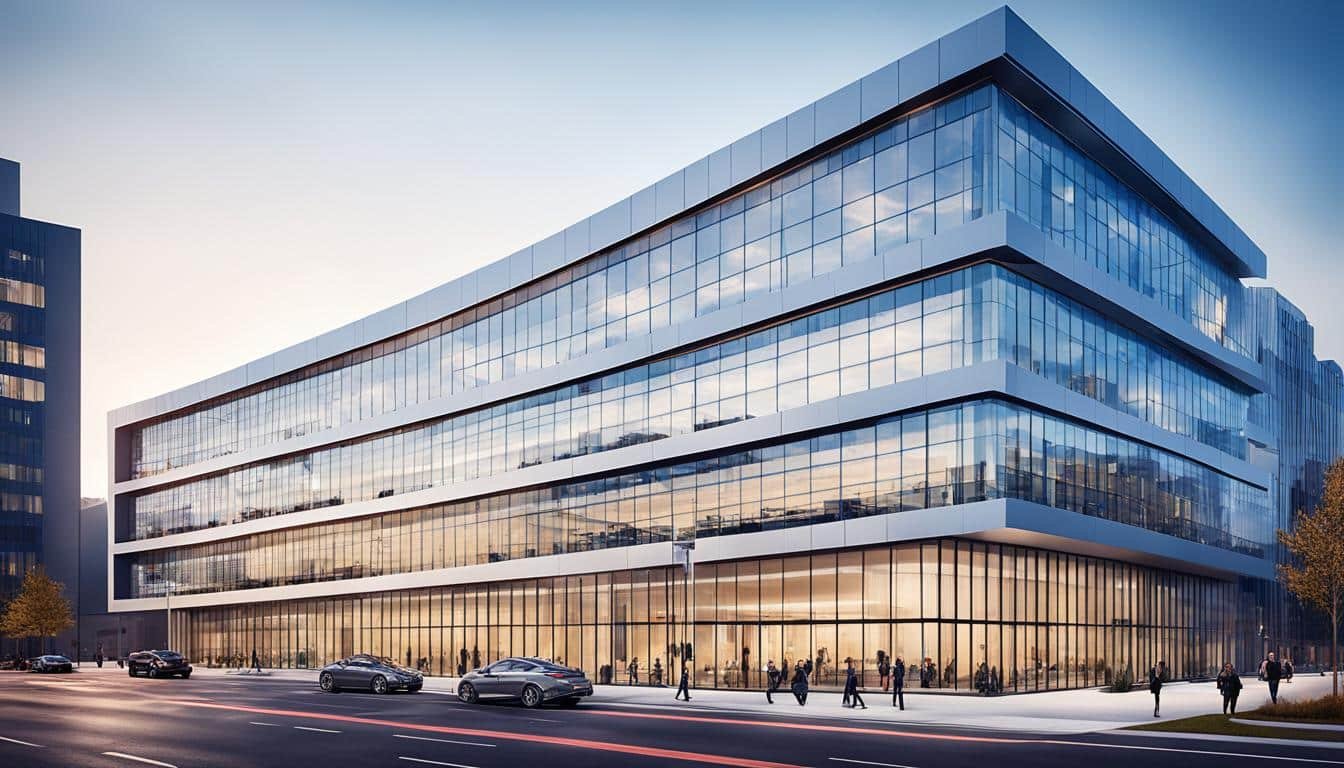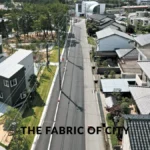In recent years, 3D visualization has revolutionized many fields like business, medicine, and design. It lets us explore detailed architectural designs before they’re even built. We can also look at beautiful landscapes or examine tiny structures. This was hard to do before. 3D visualization changes data into experiences you can dive into, making learning and creating much easier and fun.
Key Takeaways
- 3D visualization changes many industries by letting us see designs and places before they’re real.
- It turns data into experiences we can interact with, leading to new ways to innovate, create, and communicate.
- Architectural visualization (archviz) and 3D modeling help us with complex projects by offering user-friendly tools.
- New tools like virtual reality (VR) and augmented reality (AR) make 3D visualization even better for the architecture field.
- This technology cuts costs by letting us test products digitally, iterate quickly, and make choices based on data.
Introduction to 3D Arch Visualization
The birth of 3D visualization tech has changed the game in architecture and design. It’s a key tool for professionals like architects and designers. This tech takes 2D data and turns it into stunning 3D worlds using special algorithms and computers.
What is 3D Visualization?
3D visualizations are not like 2D pictures, they are much more real. They show depth, scale, and light just like in the real world. This makes it easy for people to really understand and explore a design. For experts in 3d architecture, it’s an essential part of their work, making architectural graphics and visualization techniques more alive.
3D Rendering Technology
The heart of 3D tech is 3D rendering. It converts simple 2D plans into rich, 3D spaces. With the help of special tools, such as 3d visualization software, these renderings look almost like photos. This lets everyone involved get a feel for the design, even before building starts.
The Process of 3D Visualization
The 3D visualization journey has a few important steps. It starts with creating a 3D model from 2D drawings or digital designs. Then, this model is made to look and feel real with textures and lighting. Finally, it’s rendered into a high-quality image or animation. This blend of modeling, rendering, and visualization techniques helps designers turn their visions into exciting reality.
Enhancing Collaboration and Communication
3D visualization makes collaboration smoother by letting people see the same things. It helps dispersed teams get a clear view of projects, designs, and data. They can really understand the project’s ins and outs and suggest new ideas. This makes working together better and faster.
Providing a Shared Visual Context
With 3D visualization, all team members, no matter where they are, can get a full picture of the project. This shared visual context joins everyone in discussions. It makes it easy to look at and interact with project designs and data. This leads to better understanding and decision-making together.
Seamless Coordination Among Teams
Seeing real-time updates in a 3D space helps teams work together easily. They can fix problems quickly and exchange ideas fast. This speeds up how projects are designed and finished. Ultimately, it helps get products out to people sooner.
Fueling Creativity and Innovation

3D visualization creates a digital workspace that boosts creativity. It’s used in many industries. Designers and engineers can test new ideas without actual materials. This allows for detailed, real-looking images of their projects.
Versatile Digital Workspace
A virtual environment helps professionals think outside the box. It’s great for architects, designers, animators, and marketers. This digital space makes it easy to try new things, leading to innovative solutions.
Iterative Refinement of Concepts
Speedy visualizing and tweaking ideas accelerates the design process. It lets designers explore more options. By refining ideas without limits, they create designs that look good and work well. This pushes innovation in various design areas.
Immersive Showcasing and Presentations
3D visualization goes beyond just designing things. It helps in creating immersive presentations. These presentations can really grab the attention of clients and investors. With 3D, you can show more than what’s possible in just images or words.
Interactive 3D Experiences
With 3D, you can make designs come to life. This technology allows people to fully interact with the virtual space. They can look from different angles and get a sense of being there. This full immersion not only excites but also helps them understand the design better.
Resonating with Clients and Investors
3D visualization makes presentations vivid and real. This makes it easier for designers and architects to share their vision. It impresses those looking to invest or buy. This method is much more effective than using only 2D tools.
Informed Decision-Making with Confidence
3D visualization lets people try different scenarios before choosing. It helps them check every detail from countless viewpoints. This means they can be sure of their decisions before moving forward.
“What-If” Simulations
Designers and engineers use 3D models to test many scenarios. They can change materials, layouts, and more to see what works best. This method makes their final products better, saving time and lowering risks.
Analyzing Spatial Factors and User Experience
3D visualization helps understand how space affects the user’s experience. It looks at things like light, size, and movement and how they impact design. This knowledge guides decisions that focus on the look and the usability of a design alike.
| Benefit | Description |
|---|---|
| Informed Decision-Making | 3D visualization gives a deep view of space and user experience. This helps make important design choices with assurance. |
| “What-If” Simulations | Being able to test various scenarios with 3D models makes the final product better. It optimizes materials, structures, and layouts. |
| Risk Reduction | 3D visualization cuts down on design risks by letting you see potential outcomes first. This saves time and money. |
| Optimized Final Products | Insights from 3D designs lead to products that are well-designed, functional, and cater to user needs. |
Cost-Efficiency Through Digital Iterations
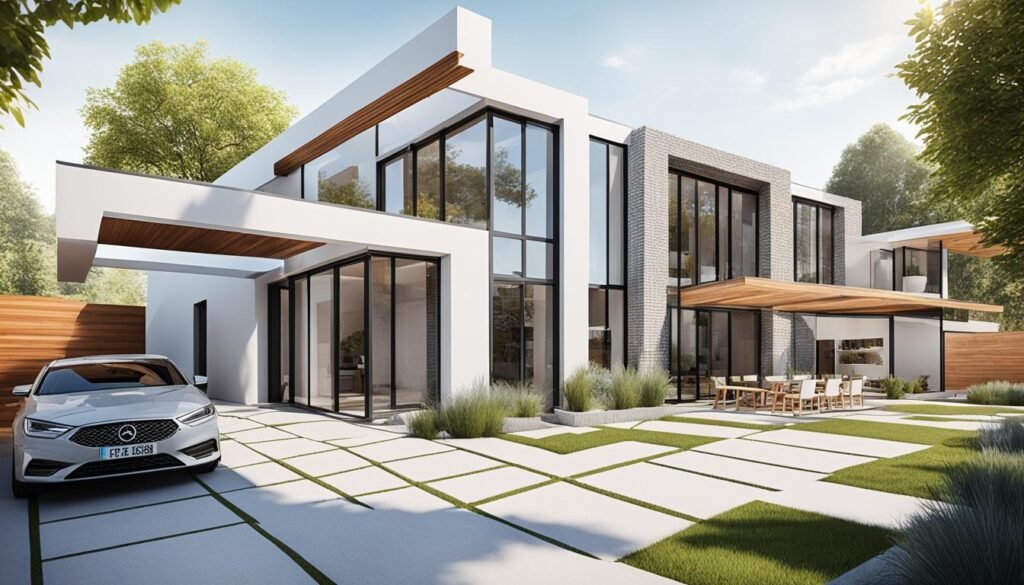
Cost efficiency is a big plus of using 3D visualization in designs. It allows architects, designers, and engineers to test many options digitally. This means they don’t need to make costly physical models right away.
Design teams can play with their ideas in the digital world first. This helps them pick the best path without spending on multiple digital prototypes. It makes their work faster and more affordable, saving both time and money.
| Traditional Design Process | 3D Visualization-Enabled Design |
|---|---|
| Multiple physical prototypes required | Iterative digital prototypes |
| Substantial costs for materials and labor | Cost efficiency through digital exploration |
| Lengthy development cycles | Time savings with rapid digital iterations |
| Limited design variations explored | Ability to experiment with more design variations |
With 3D visualization, designers can achieve cost efficiency and save money easily. It integrates digital iterations and prototypes smoothly. This helps them make smart choices and get great outcomes without overspending.
Accelerating Design Iteration and Innovation
3D Visualization is a game-changer in speeding up how we design things. Architects, designers, and engineers can see their thoughts in 3D fast. They can then tweak and change them in minutes, not days.
Rapid Digital Prototyping
With this quick digital way of designing, specialists can try out many more options. They can quickly check what works best in how things work and look. It speeds up creating new and better things in architectural design, product design, and engineering design.
Exploring More Design Variations
The fast and flexible nature of 3D visualization means fast creating and trying many designs. Design variations can be looked at quickly, leading to great ideas and solutions in many areas.
Comprehensive Digital Documentation
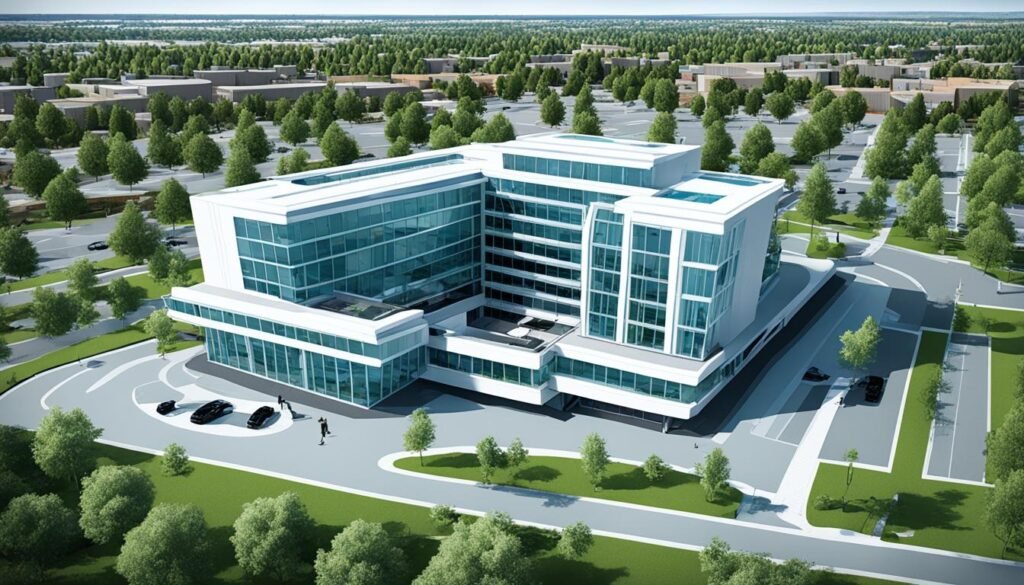
3D visualization helps create detailed digital records. These records are of complex items, places, and events. They are used for better digital documentation. Such detailed 3D models are far better than 2D drawings. They help with keeping records for future design use, historical preservation, and maintenance guidance.
Interactive Visual Databases
3D documentation goes beyond simple written information. It builds interactive visual databases. This showcases complex items and places clearly. These digital archives act as visual references that let us understand detailed designs and environments better.
Historical Preservation and Maintenance
High-detail 3D representations are changing the game in historical preservation and maintenance procedures. They make it easier to keep detailed digital records, allowing for careful inspection from anywhere. They also help in making restoration efforts more accurate and efficient.
Arch Visualization Trends and Applications
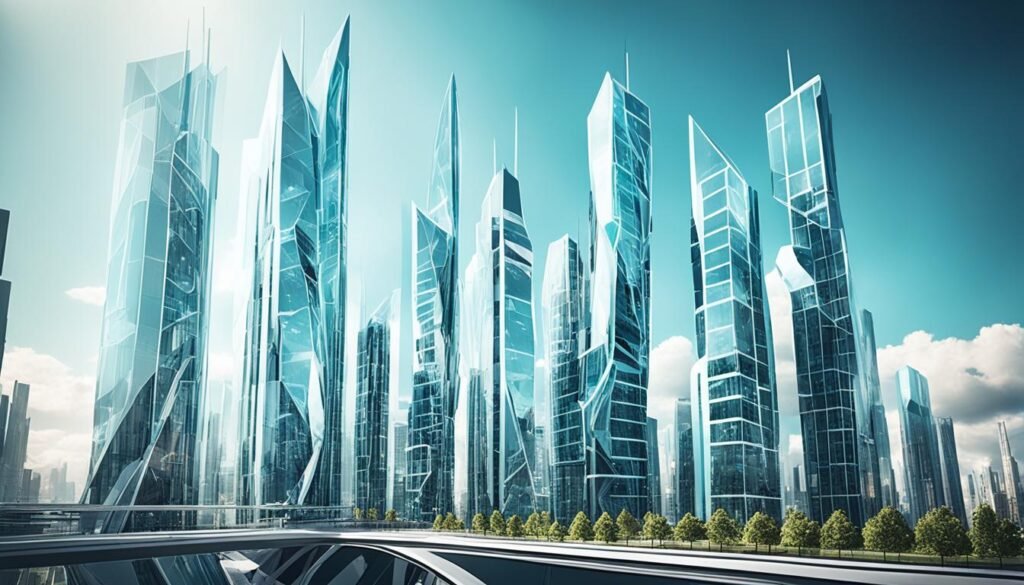
The architecture world is changing thanks to new ways of showing designs. These include virtual reality (VR), augmented reality (AR), and real-time rendering. With these tools, architects can better demonstrate, work together, and make their ideas real.
Virtual Reality (VR) and Augmented Reality (AR)
VR and AR make architecture interactive and real for clients and others. They can move around in a virtual version of the design, truly understanding the space. This change makes it easier for architects to show their work and get feedback from people.
Architectural Animation and Walkthroughs
By making animations and walkthroughs, architects now tell stories with their designs. These visuals are so good; they grab people’s attention and explain projects clearly. It helps everyone feel more connected to the design, from clients to investors.
Real-time Rendering and Interactive Visualization
Real-time rendering lets architects and others play with designs as they’re being made. This means trying different looks fast and getting immediate feedback. It speeds up planning, improves team talks, and boosts the design’s quality.
Also Read : Game On: Optimal Room Design For Gaming Enthusiasts
Conclusion
3D visualization is now a key player in many industries. It’s changing how we design, make things, market products, and more. This amazing tool improves teamwork, boosts creativity, and helps make better choices with data. It’s as helpful at the start of a project as it is at the end. This shows its power in many fields.
As time goes by, 3D visualization is becoming a must-have for smart businesses. It lets them try out more design ideas quickly, saving time and money. Businesses can also make better choices thanks to detailed digital plans. And with VR and AR getting better, it’s easier for professionals to show and share their work in exciting ways.
It is becoming a must-have for companies looking to stay ahead. With its help, they can grab new chances. Its importance is only growing.
FAQs
What is 3D visualization and how does it work?
3D visualization shows 3D environments from 2D data. It uses special tech to make things look real. This tech shows depth, scale, light, texture, and more to make scenes seem like the real world.
How does 3D visualization enhance collaboration and communication?
With 3D tech, teams can understand projects better. It lets people see different options and give feedback easily. This helps everyone agree and work faster.
How does 3D visualization fuel creativity and innovation?
3D visualization gives space for digital creativity. It lets designers and engineers bring their ideas to life without limits. This freedom sparks new thoughts and pushes industries forward.
How does 3D visualization enhance presentations and showcasing?
3D tech makes designs and ideas come to life. It lets clients or investors experience projects in an engaging way. This is more powerful than still images or words, leaving a strong impression.
How does 3D visualization support informed decision-making?
It helps see different options clearly before making a decision. This clarity means better choices with solid confidence. People can study and understand a project from all sides before deciding.
How does 3D visualization improve cost efficiency?
By trying out designs digitally, it saves money. You can make changes easily without physical prototypes. This adaptability cuts down costs in the early stages of design.
How does 3D visualization accelerate design iteration and innovation?
It speeds up how quickly new designs are tested. This means architects and designers can try more ideas. They can find the best styles in less time, moving the industry forward.
How does 3D visualization enhance digital documentation?
Detailed 3D models are better than 2D drawings for showing things. They help with saving designs, history, and how-tos. These databases make it easy to understand complex details.
What are the latest trends and applications in architectural 3D visualization?
Architectural 3D visualization now includes VR and AR for a complete look. It features animations and walk-throughs that are like movies. Plus, there’s real-time and interactive tech that makes designs respond, changing how architects share and create designs.
